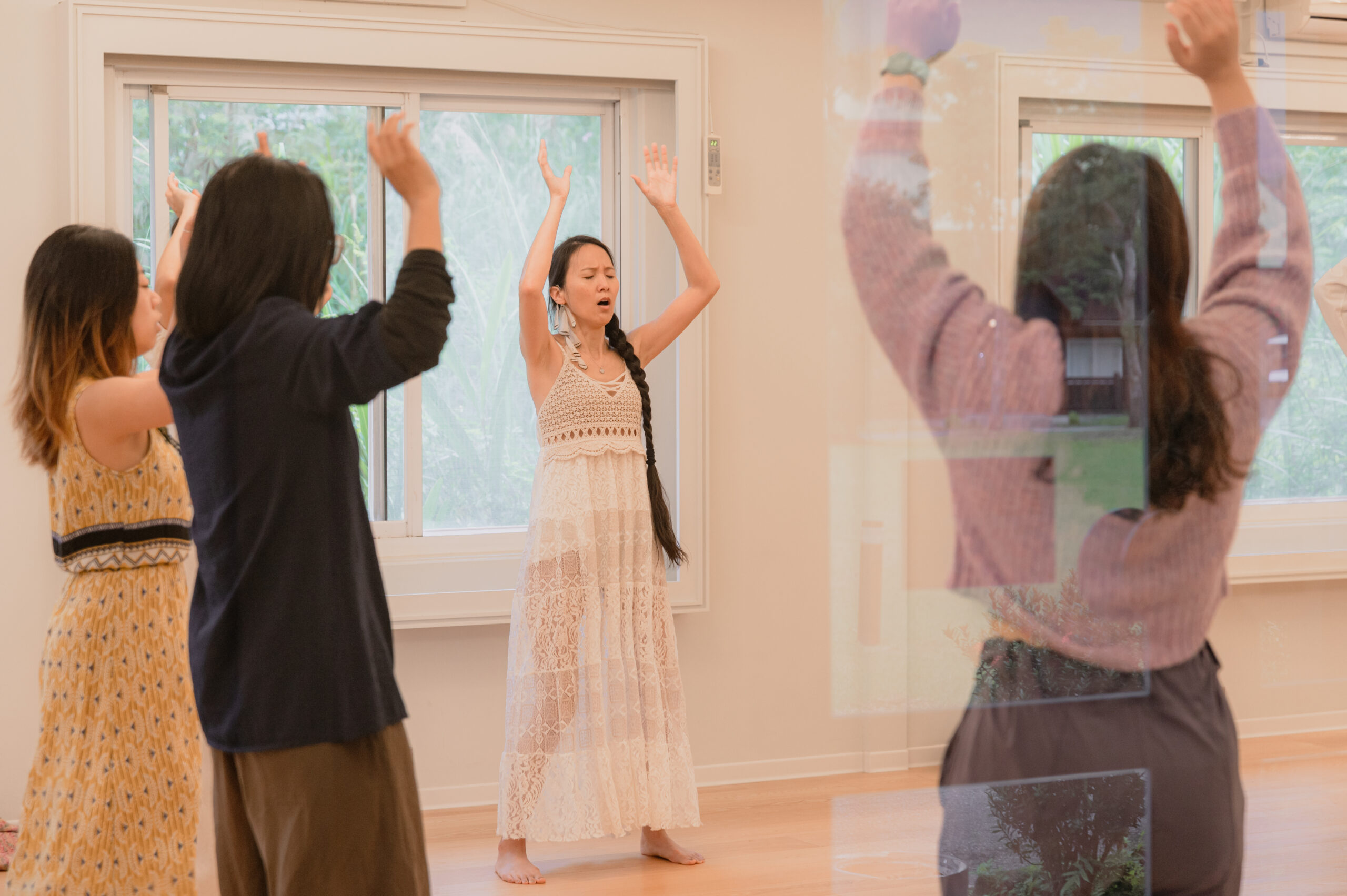Both pranayama and breathwork affect brain activity. Pranayama strengthens heart and lungs, purifies blood and aids circulation. Breathwork supports healing and transformation. In Hindu philosophy, (प्राण, prāṇa) is “breath” in Sanskrit. Prāṇa is life force, vitality, original creative power, and the energy of consciousness itself. To release blockages and to allow the prāṇa to freely flow throughout the body again is spiritual growth – an effort to accept ourselves as we are and to increase liveliness of the body and mind.
Proper Relaxation Reduces Inflammation
Our body, nervous system, and emotions will constantly adjust on their own and respond to changes. Once our body and mind encounter a threat or danger, the autonomic nervous system will naturally produce a physiological response. The spinal cord sympathetic nerve chain or dorsal vagus nerve activity may enter a temporary state of preparation on its own, and these changes can help us survive. Proper relaxation of the nervous system can reduce inflammation.
Pranayama for Vagus Nerve Stimulation
1. Slow, rhythmic, diaphragmatic breathing. Breathing from your diaphragm, rather than shallowly from the top of the lungs stimulates and tones the vagus nerve. Vagus nerve stimulation occurs when the breath is slowed from our typical 10-14 breaths per minute to 5-7 breaths per minute. Alternative breathing is a good practice.
~Sit in a comfortable position
~Place your left hand on your left knee
~Lift your right hand up toward your nose
~Exhale and then use your right thumb to close your right nostril
~Inhale through left nostril and then close the left nostril with your fingers
~Open the right nostril and exhale through this side
~Inhale through the right nostril and then close this nostril
~Open the left nostril and exhale through the left side
~This is one cycle and continue for up to 5 minutes
~Always complete the practice by finishing with an exhale on the left side

2. Humming. Since the vagus nerve is connected to the vocal cords, humming mechanically stimulates it. You can hum a song, or even better repeat the sound ‘OM’.
3. Washing your face with cold water. The mechanism here is not known, but cold water on your face stimulates the vagus nerve.
4. Meditation, especially loving kindness meditation which promotes feelings of goodwill towards yourself and others. Increasing positive emotions led to increased social closeness and an improvement in vagal tone.
5. Balancing the gut microbiome. The presence of healthy bacteria in the gut creates a positive feedback loop through the vagus nerve, increasing its tone.

